Harris, Reed & Seiferth
|
|
Summer is officially here, and if you're like me, you can't wait to get on the road and go on some adventures! There's nothing more enjoyable than good company, good food and an open road with endless possibilities.
If you're traveling in an RV, you have the benefit of more convenience! You now have a kitchen, shower, bathrooms and bedrooms. It definitely saves money on hotels, and may save you time on stops along the way too. But, just like any trip, your RV vacation can go sour very quickly if you ignore certain safety precautions and regular maintenance. According to the National Fire Protection Association (NFPA), an estimated 20,000 RV fires happen every year.⚹ That's a scary number to consider. The good news is, most RV fires are preventable! Before you hit the road, read these fire prevention safety tips so you can have a worry-free trip with your family and friends!
⚹ https://www.nps.gov/articles/p52-rv-fire-safety-101.htm Source: https://www.foremost.com/learning-center/fire-safety-for-your-rv.asp
0 Comments
Traveling on the road in your Recreational Vehicle can get pricey if you eat out for every meal, but cooking your own meals may require some creativity. While many RVs do have full, functional kitchens, some may not have that option. However, there are other ways to cook your meals in and around your RV safely, even if you don’t have a source of heat.
Here are five unique ways you can enjoy delicious home-cooked meals while you’re on the road!
Source: https://www.foremost.com/learning-center/five-ways-to-cook-while-on-the-road.asp The most common type of boating accident is a collision with another vessel, according to the U.S. Coast Guard. To avoid this and other issues on the water, here are some responsible boating tips that will help keep your family and your boat safe.
First, it is the responsibility of all boaters to know the rules of the water. Make sure you take a boating safety course to learn more about navigation rules. Some states have requirements in addition to the federal requirements, so it's good to check the laws in your specific state to learn more. The most common type of boating accident is a collision with another vessel, according to the U.S. Coast Guard. In addition, you should also:
The U.S. Coast Guard has certain requirements you must follow, which may change depending on the size of your boat:
Stay safe both on the shore and on your boat. Your safety is number one to us. Looking for boat insurance? Click here. Source: https://www.foremost.com/learning-center/boating-tips-learn-how-to-be-safe-on-the-water.asp Is your hard-working kitchen getting cluttered and unmanageable? If you need more storage, but every cupboard, shelf, nook and cranny is filled, it's time to take a second look at your use of space. Chances are you can reorganize and reclaim more storage than you ever thought possible.
Well-planned cabinets, drawers and shelves maximize space, save steps and eliminate frustrating searches for necessary kitchen tools and gadgets. An organized kitchen doesn't cost a lot of money, but does require a practical plan to keep items handy and easy to reach. Here are a few ideas to help make efficient use of your kitchen space and create some new storage areas as well. Clear the Clutter Your kitchen holds an awesome amount of stuff. The more stuff you collect and store in the kitchen, the more you have to manage. It makes sense to get rid of anything you don't need or want anymore. Reducing clutter is a must. If you do nothing else to organize your kitchen, do this. A well-designed, folding step stool is an indispensable tool for your reorganizing strategy. Choose one that helps you access storage space without requiring much of its own. Be sure it's sturdy and can easily hold your weight while you're stretching and reaching into upper cabinets, shelves and closets. Pick a starting point and begin at the top. Work one shelf, cupboard or drawer at a time and remove everything you find. Most items you run across will require a decision, so group your “stuff” into categories. For each item, ask yourself:
Create separate stacks for each category and stick to the plan. Remember these tips:
Look For Extra Storage To make the most of potential kitchen storage, think beyond the individual cabinets, shelves and closets to every available inch. A careful inventory of existing space can help you plan how to use it effectively. Start your planning process by searching for unused or underused spaces. Examine all surfaces, including the area above or below appliances, behind doors and unused floor space. Grab a notebook and pen and make a list of any potential storage spots or areas that can be better organized.
These quick and simple pointers will also help you gain extra kitchen storage in unexpected places:
Get Reorganized Now that you've cleared out the clutter and discovered a few new storage areas, it's time to take your final step toward creating an efficient, well-organized kitchen. Think of your kitchen as a single room with three separate work centers: preparation, cooking and cleanup. Keep in mind where, what and how you use an item before you put it back into each cabinet or drawer. Easy access and return is important. If you can get to something and return it to its designated space without a hassle, the chance of your kitchen staying organized is greater. Here are a few ideas to get you started:
How to Arrange a Food Pantry When your pantry or food storage cabinets become packed with food that isn't sorted or organized, you will eventually have a huge mess on your hands. The pileup of ingredients can be avoided without spending a lot of time or effort. It just takes about an hour from start to finish. Start by emptying pantry shelves and moving everything to boxes or a nearby countertop. Clean shelves with warm, soapy water and wipe dry. Before you put things away, think about how you will fill prime and non-prime spaces. For example, prime, eye-level shelves should be reserved for your items used most often.
Source: https://www.foremost.com/learning-center/reclaim-your-kitchen-space.asp A leaking water heater will do a lot of damage to your home. Even a small, slow leak can soak into the particle board subflooring and cause the subfloor to decay. Leaking water may also seep into carpeting, create mildew and permanently stain your walls. As awful as this sounds, a faulty water heater can cause even greater damage. Fire or toxic fumes from a water heater that is not properly installed or maintained could pose a real threat to you and your family.
Fortunately, most water heater problems can be avoided with proper maintenance. All water heaters should be frequently checked for leaks. It's important to check the pipe connections, the valves and underneath the unit. Simple preventive maintenance will help you avoid lasting damage from a leaking water heater. Take time to test the temperature/pressure relief valve once a year to make sure it's working. Be careful when you do. The water in the tank is HOT and can cause scalding burns. Pull up or push down on the valve handle; hot water should come out of the overflow pipe. If it does, the valve is working properly. Periodically drain a bucket of water from the drain faucet at the bottom of the water tank. Again, take care not to get burned by the hot water. Draining a bucket of water will remove sediment from the tank bottom that could corrode the unit as well as reduce its heating efficiency. Check all water lines, connections and valves for signs of leakage, especially where connections have been crimped. With a flashlight, check under the tank for small leaks that could be caused by rust and corrosion. You can protect the floor under the water heater from water damage by painting the area with a water sealant. If you do, be sure you've turned off the heat source to the water heater. Otherwise, you may create a fire hazard. Since particleboard may be damaged if it's soaked, consider replacing it with plywood flooring. You can install a specially designed drip pan under the water heater. These pans are available at most building supply stores for about $10. Make sure the pan you select has a drain out the bottom. AN IMPORTANT NOTE: If your water heater doesn't have a temperature/pressure relief valve, install one. This is a safeguard every water heater should have – it's an inexpensive attachment that can save you thousands of dollars, especially on home insurance. After you have installed the valve, test it. Open the lever on the valve. If water spurts out, the valve is working. Source: https://www.foremost.com/learning-center/water-heater-maintenance.asp If you're a busy person who's always on the go, you probably check your email on your phone. Gartner reports that almost 75% of smartphone owners use their devices to check their email. And if you're really on the go, you read your email quickly. In fact, Movable Ink's US Consumer Device Preference Report of 2014 via Email Monday states that most mobile users only spend about 10 seconds to view each message. 10 seconds isn't a long time especially if you're multitasking. How many of you are guilty of reading your email while walking down the hall, sidewalk or cafeteria? Combine the quickness of our culture plus the growth of phishing, and you've got an increased risk for identity theft. Phishing (pronounced like fishing) is the activity of defrauding an online account holder of financial information by posing as a legitimate company. According to a Google study, phishing emails work 45% of the time. Typically, these scams are obvious. The email will contain numerous spelling errors or words that are out of place. But sometimes, if you're not paying close enough attention, you'll be dangerously convinced into providing confidential information.
Next time you see a suspicious email, slow down and think twice. If you're uncertain about the message; call the sender, speak to a customer service representative and verify the request asked. Lastly, as tax season is underway, the IRS is warning folks to be aware of identity theft via email. Read Forbes' article about it here.
Source: https://www.foremost.com/learning-center/protect-yourself-against-phishing.asp One of my favorite water sports is tubing. For someone who isn't athletically inclined, it's fairly easy and doesn't require much work. I simply make sure I'm secure on the tube, hold on tight and then feel the rush of adrenaline as I ride the waves! It's exciting and unpredictable because I never know if I'll stay on my tube or fall off into the water (I usually end up falling in), and it forces me to brush up on my swimming skills. It's even more fun if I'm with a partner and we're in competition to see who can hold on the longest!
Usually when I'm tubing, I'm never concerned about safety because I'm with experienced boaters and other people who have been tubing for quite some time. However, there's no such thing as being too safe. If you're a first time rider or just need a refresher, keep these safety tips in mind the next time you are getting ready to jump on a tube!
*https://www.discoverboating.com/resources/water-tubing-tips-boat-safety-tips-for-water-sports-tubing Source: https://www.foremost.com/learning-center/water-tubing-safety.asp With increasing gas prices it's hard not to notice the spiking trend of people choosing scooters as alternate transportation. Whatever make or model you choose to fit your style, you can't deny the money-saving and environmental affects riding a scooter has over driving a 2-ton motor vehicle that only gets 20 miles to the gallon.
A growing problem with having more people on scooters is how to safely share the road. State legislation varies on scooters; some states equate scooters with bicycles, in-line skates and skateboards, while other states put scooters in the same category as motorcycles, requiring helmets and regulating where scooters can be ridden. Check your state's DMV Web site for the appropriate laws and licensing rules for your state. Regardless of where you live, scooters are most likely sharing the road with vehicles that significantly outweigh them and can easily overtake them. By using common sense and some very simple safety tactics, scooter riders can effectively, and safely, share the road with other vehicles. Wear a helmet Even if your state does not require you to, studies show helmets significantly minimize head injuries if an accident occurs. Use your lights Always turn on your headlight when you're riding your scooter even during the day, especially if it's raining, and of course always in the evening. Make sure you can be seen by other cars. Always use turn signals Just like in a car, you need to let people know where you are going. In addition to a signal light, it's also a good idea to use hand turn signals that motorcyclists and bicyclists use when they are sharing the road with cars. Based on U.S. standards, for a left turn, extend your left arm straight out in the direction of the turn, parallel to the road. For a right turn, extend your right arm straight out in the direction of the turn, parallel to the road. Obey speed limits and road markings Obey all posted limits and follow lane markings. Don't attempt to make a right turn by coming up next to a vehicle on the shoulder, unless there is a lane. You could easily be in a car's blind spot and be hit if they turn right as well and can't see you. Scooters are a fresh alternative to getting around town while saving money and the environment. Riding scooters presents challenges that any motorist faces when sharing the road with vehicles of all sizes and speeds. Keep your head about you and make sure you put safety first when taking your new scooter out for a spin. Looking for Scooter Insurance?Foremost offers scooter insurance on all scooter makes and models and offers coverage such as:
Ah, the RV awning. It's a wonderful feature to have - for looks, for shade - but also one that needs regular maintenance. How many times have you heard your awning creaking in the howling wind when you forgot to lower it? How many times have you heard of somebody else's awning blowing off completely or seen one sagging to the point of no return after a storm?
The key to avoiding damage to your awning is being prepared. Knowing how to handle your awning can save it - and you - from loss in case of a “rainy day.” When to hold it, when to fold it Awnings are a standard part of most motor home and travel trailer equipment today and they can handle the typical everyday wear if they're cared for. Generally, your awning should be secured at its feet, pegged down so it will not flip in the wind. Awning straps are also available to help keep it secured. In terms of weather conditions, a light drizzle or breeze should not be cause for alarm. At the first sign of menacing dark clouds or a whipping wind, however, roll up the awning. The best thing to do is practice rolling your awning on a nice day, so you'll be prepared to do it quickly when a storm really is about to hit. Nobody wants to be caught in the rain, struggling to roll up their awning while lighting abounds. Keeping clean An awning that is rolled up a while will need to be aired out and cleaned as soon as weather clears. This type of maintenance is simple compared to fixing a broken awning or having to replace one altogether. Unroll the awning, rinse with warm water and a mild cleansing solution (you can gently scrub it with a brush or sponge) and then let it dry. This is a good general practice for your awning regardless of whether it's been wet or rolled. Regular accumulation of dirt and other pollutants on a fabric surface can shorten the life of the structure, and quicken the deterioration of the fabric. Periodic cleanings are best in the long run to keep your awning in good condition. Though some losses on the road may be out of your control, your awning shouldn't be one of them. Taking good care of it will help keep you "in the shade." Need RV insurance? In addition to RV awning care, make sure you have insurance coverage specialized for your RV. Check out our RV Insurance coverage options or start a quote. |
Categories
All
Archives
May 2024
|
Social MediaContact UsNavigation |
|
Website by InsuranceSplash
Privacy Policy | Terms of Use
© 2025 by HARRIS, REED & SEIFERTH INSURANCE GROUP, INC. All rights reserved.
© 2025 by HARRIS, REED & SEIFERTH INSURANCE GROUP, INC. All rights reserved.

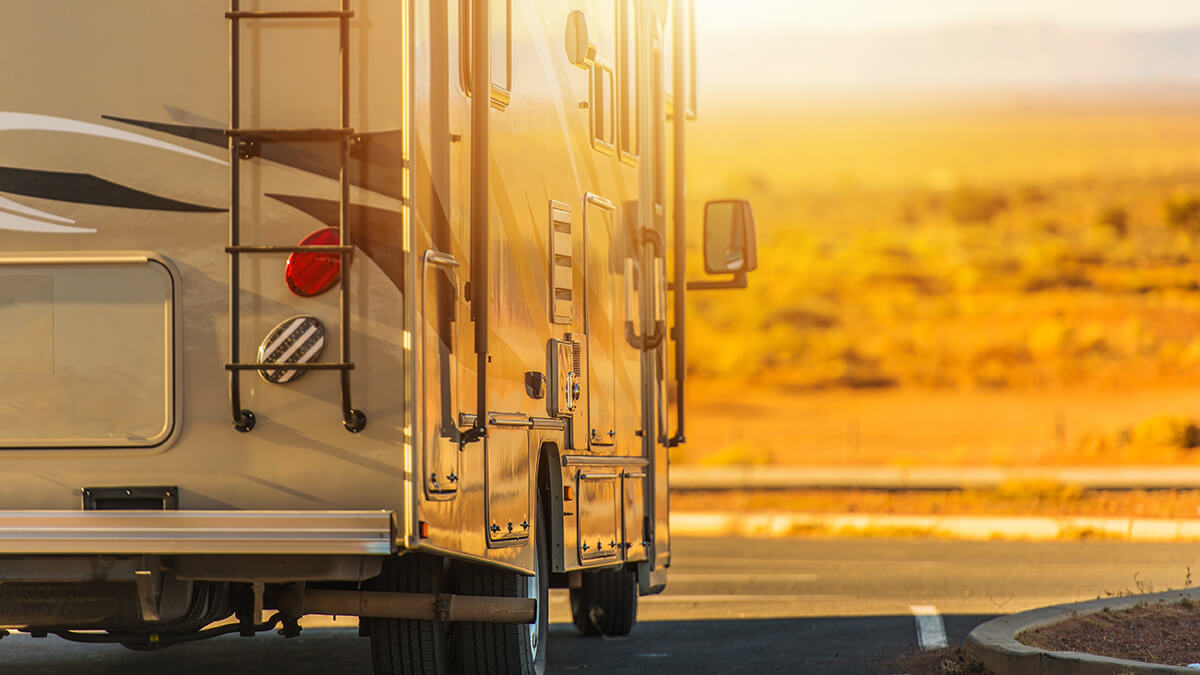
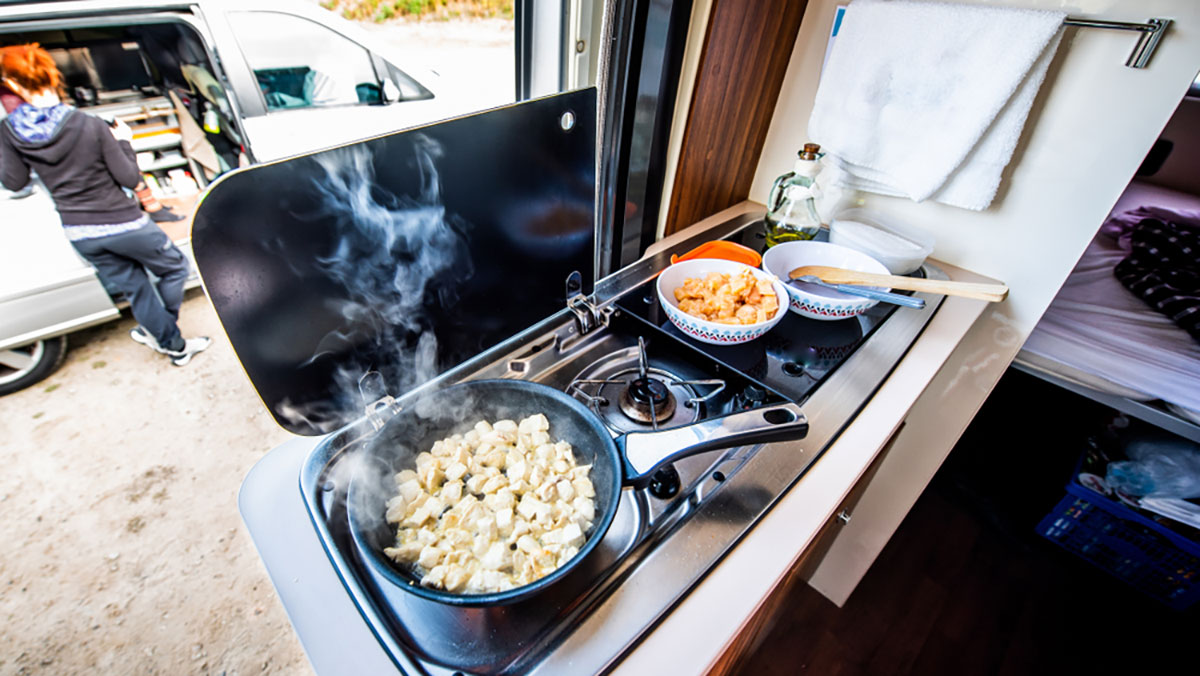
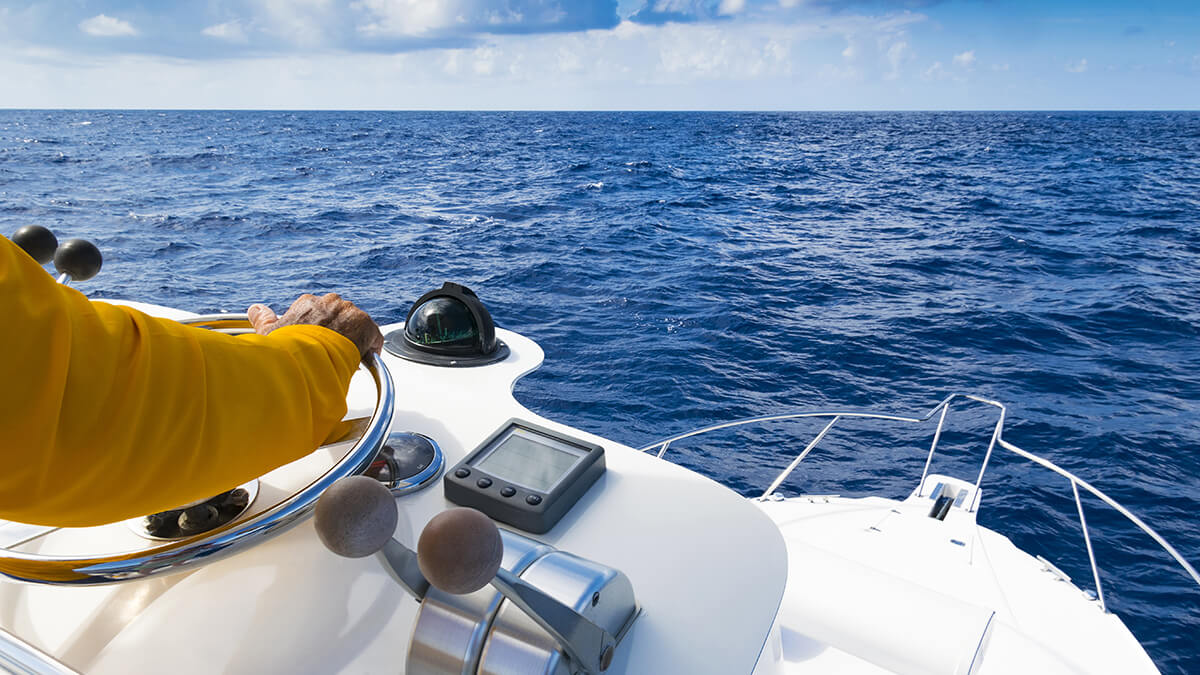

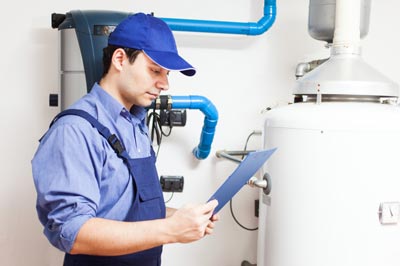

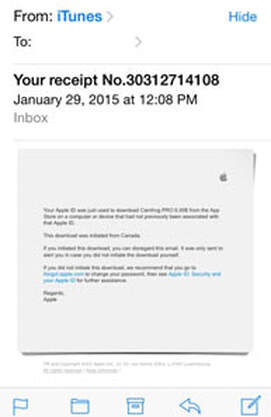
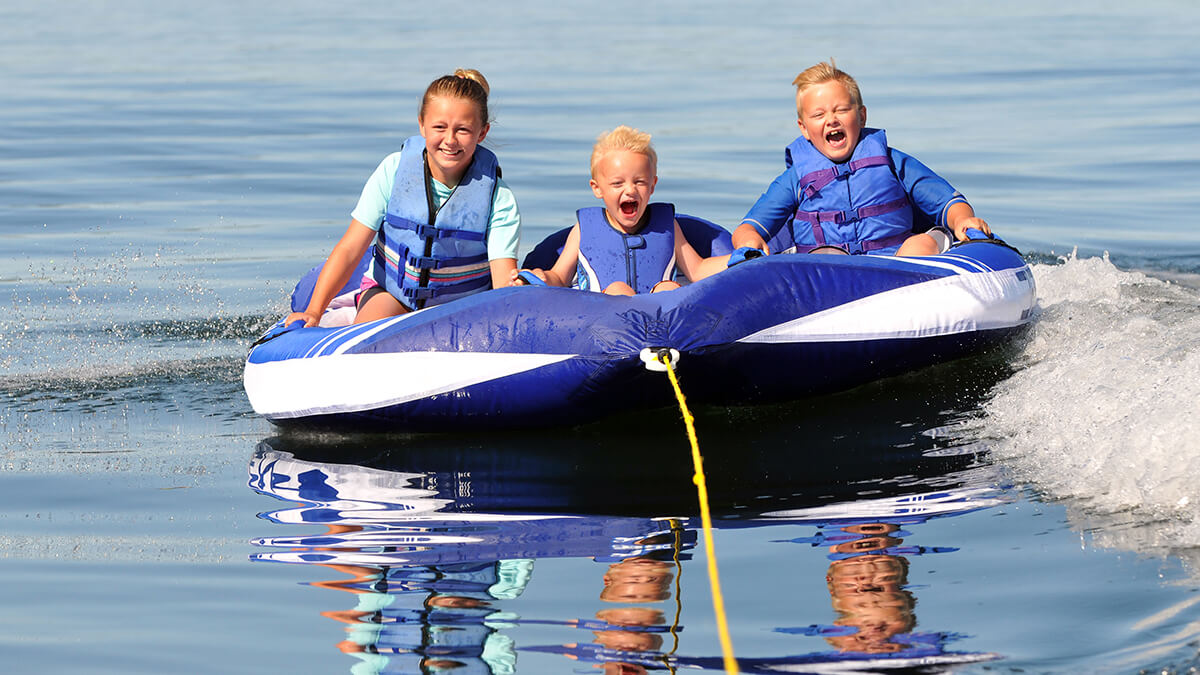
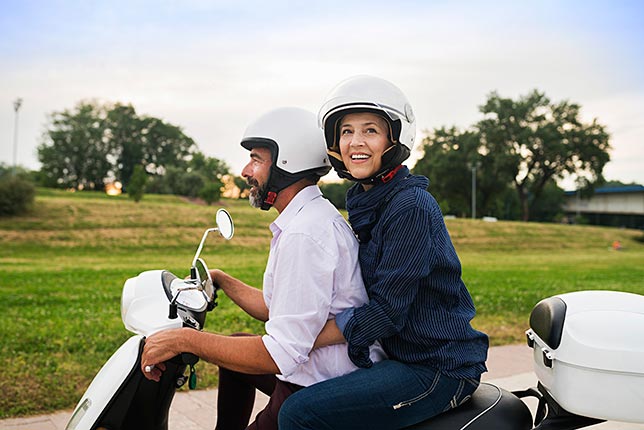
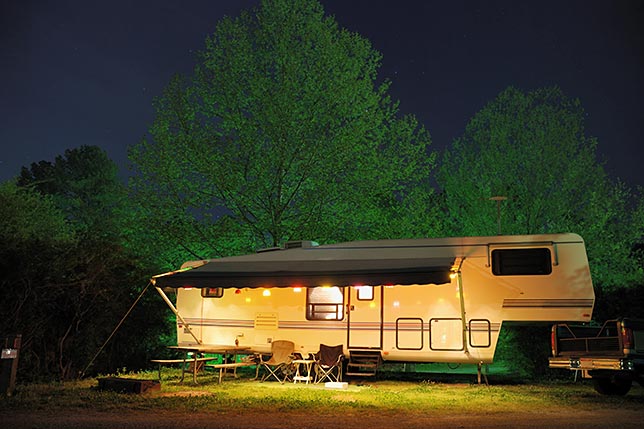
 RSS Feed
RSS Feed